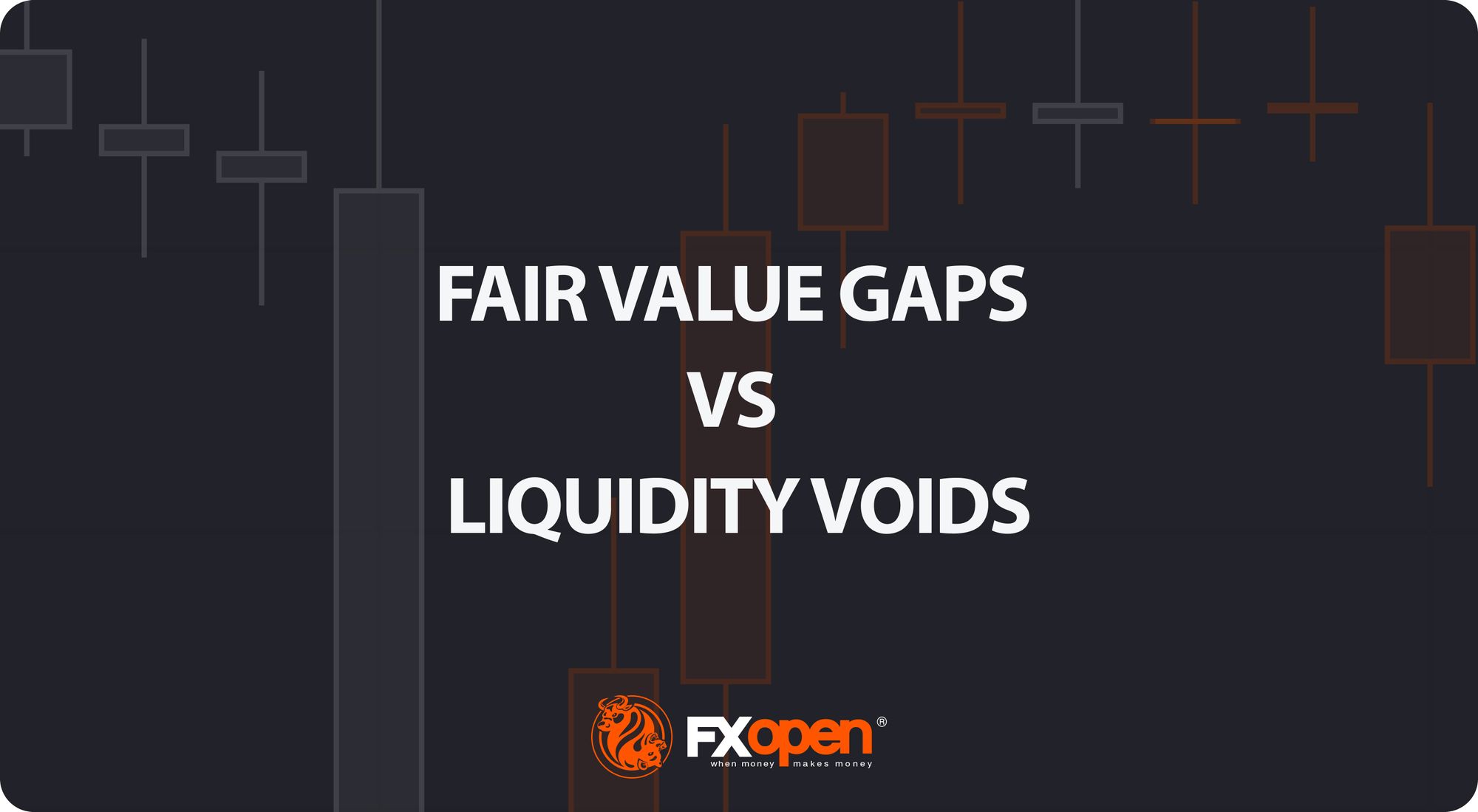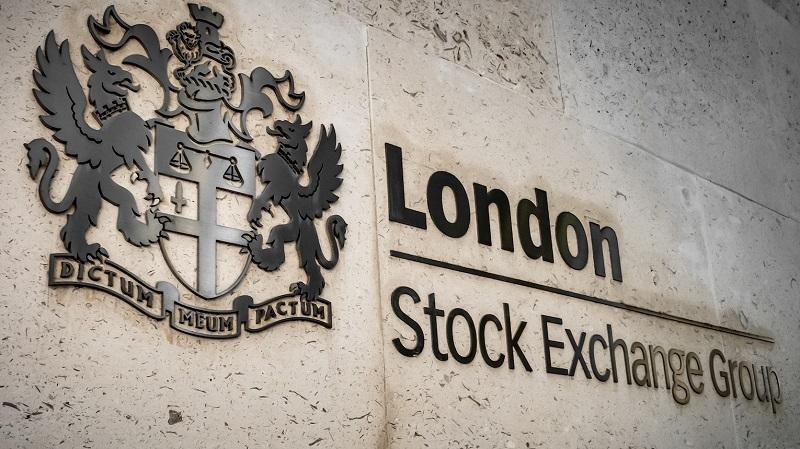FXOpen
NZD/USD surged around 80 pips yesterday to close at 0.8330 with a long bullish engulfing candle which shows considerable upside potential in near future. The pair has formed a classic inverted Head & Shoulder (H&S) pattern on daily chart; a breakout through neckline might expose 0.8540 and 0.8600. The technical signal is also in accordance with growing optimism about a rate hike in March.
At the time of writing, the pair is being traded near 0.8334; immediate support can be seen around 0.8293, 50% fib level, ahead of 0.8250 i.e. 100 and 200 Daily Moving Averages (DMAs) and then 0.8233 that is 38.2% fib level. On upside, resistance can be noted near 0.8326 which is 61.8% fib level and then the neckline as shown in the following chart.

H&S is a famous price pattern in trading. It comprises of two shoulders, a head and a neckline. The neckline is drawn by joining the two peak levels of the shoulders. A break above neckline confirms the inverse H&S pattern. As per other price action signals, a breakout through neckline could threaten 0.8600 in short to medium term.
On Friday, the US Bureau of Economic Analysis is scheduled to release Gross Domestic Product (GDP) data for the fourth quarter. The US economy grew at 2.7% in the last quarter of previous year as compared to 3.2% growth in the same quarter of a year before, according to average projection of different economists, surveyed by Bloomberg. A better than expected reading will be bearish for NZD/USD and vice versa.
Moreover, many analysts believe that Reserve Bank of New Zealand (RBNZ) will announce a hike in benchmark interest rate during next month. If it happens, NZD might shoot above 0.8600 to print new multi-year highs because the value of currency is directly correlated with country’s interest rate.
Trade over 50 forex markets 24 hours a day with FXOpen. Take advantage of low commissions, deep liquidity, and spreads from 0.0 pips. Open your FXOpen account now or learn more about trading forex with FXOpen.
This article represents the opinion of the Companies operating under the FXOpen brand only. It is not to be construed as an offer, solicitation, or recommendation with respect to products and services provided by the Companies operating under the FXOpen brand, nor is it to be considered financial advice.





